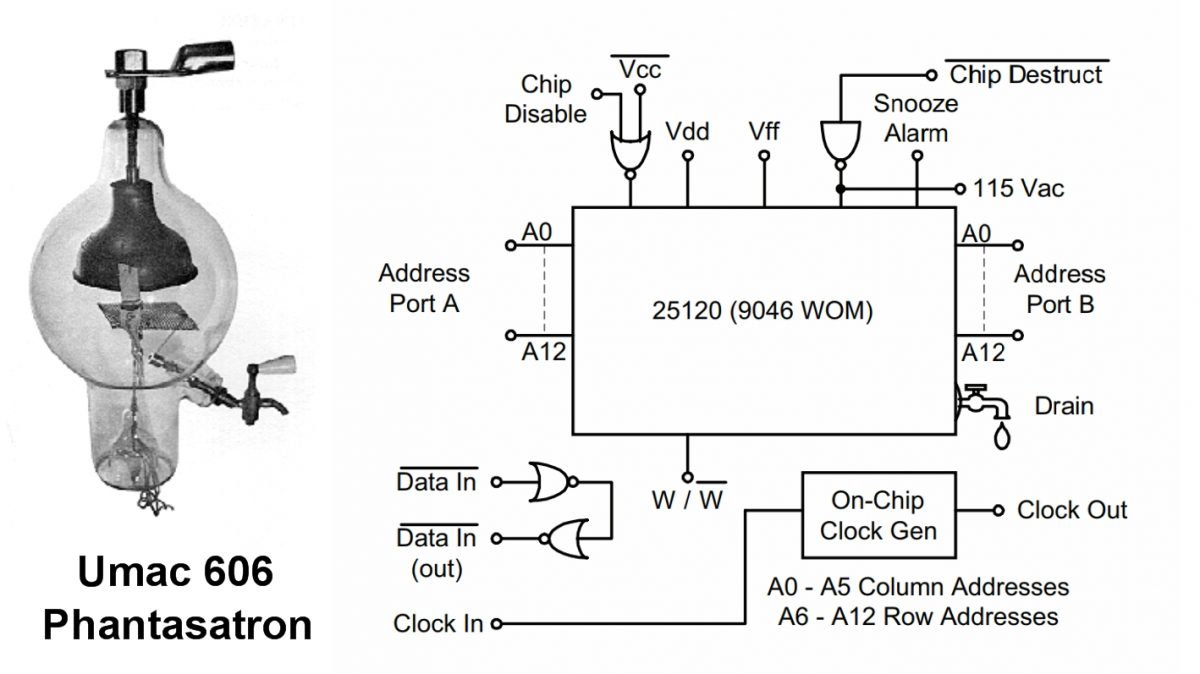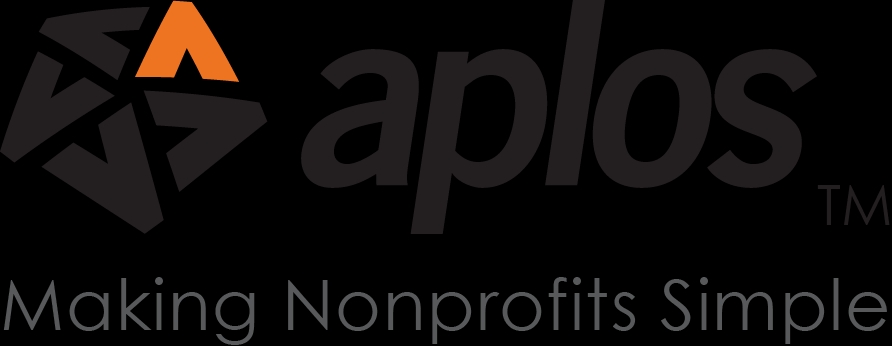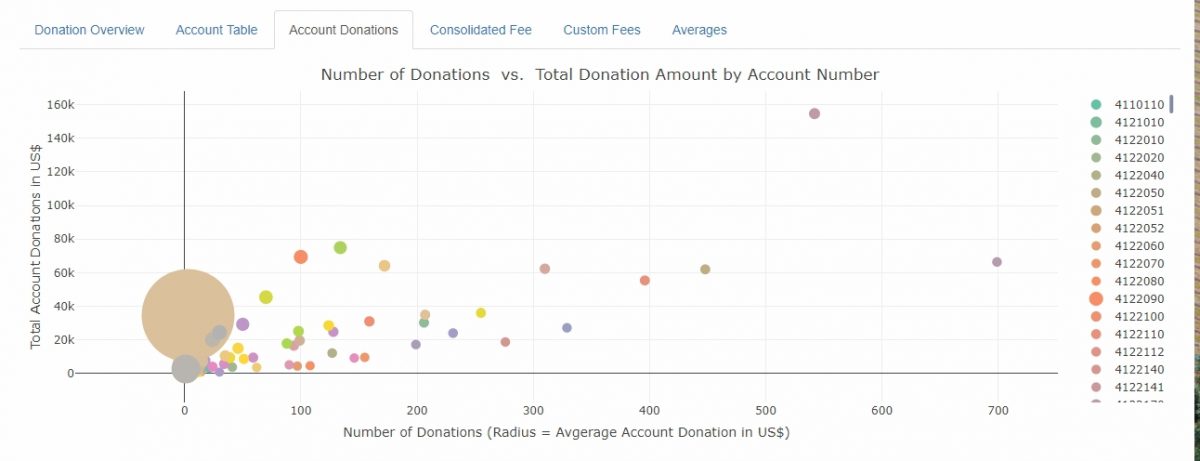The process of moving accounting data thru the LittleGreenLight and Cedarstone Reporting System to Aplos is pretty amazing. These back-office partners consolidate all the donations from multiple credit card companies, multiple ACH sources, multiple EFT sources, and old fashion checks. Additionally, one-off donations from other sources come in on a rare, but regular basis.
The big trick is to process the input donation information into standard donation “sets” that include the donation, the donation processing fee, and the credit card fee (if the donation was made by credit card). This means that each donation set will be made of either two or three journal entries, each of which is made of four components (as opposed to two components for double-entry booking).
These journal entries are in a standardized format so that all sorts of quality checks can be automated down the line. For example, duplicate journal entries can be detected (which was an Aplos user interface problem for about a year) and accidentally changed or deleted journal entries can be detected. Of course, there are all sorts of other accounting errors that can crop up but having the ability to check for a consistent input is important.
From all the input sources, and considering the standardized format, the two Aplos donation input files are created. The Aplos Journal Import file and the Aplos Input Contribution files are in totally different formats and imported into Aplos in totally different ways.
The Shiny R-Language applications are starting to look alike but the internals are highly conserved so that is not a surprise.
In older posts I had links to try the different Shiny R-Language software out. Those applications were simple file converters. It’s probably not a good idea to do that anymore.





